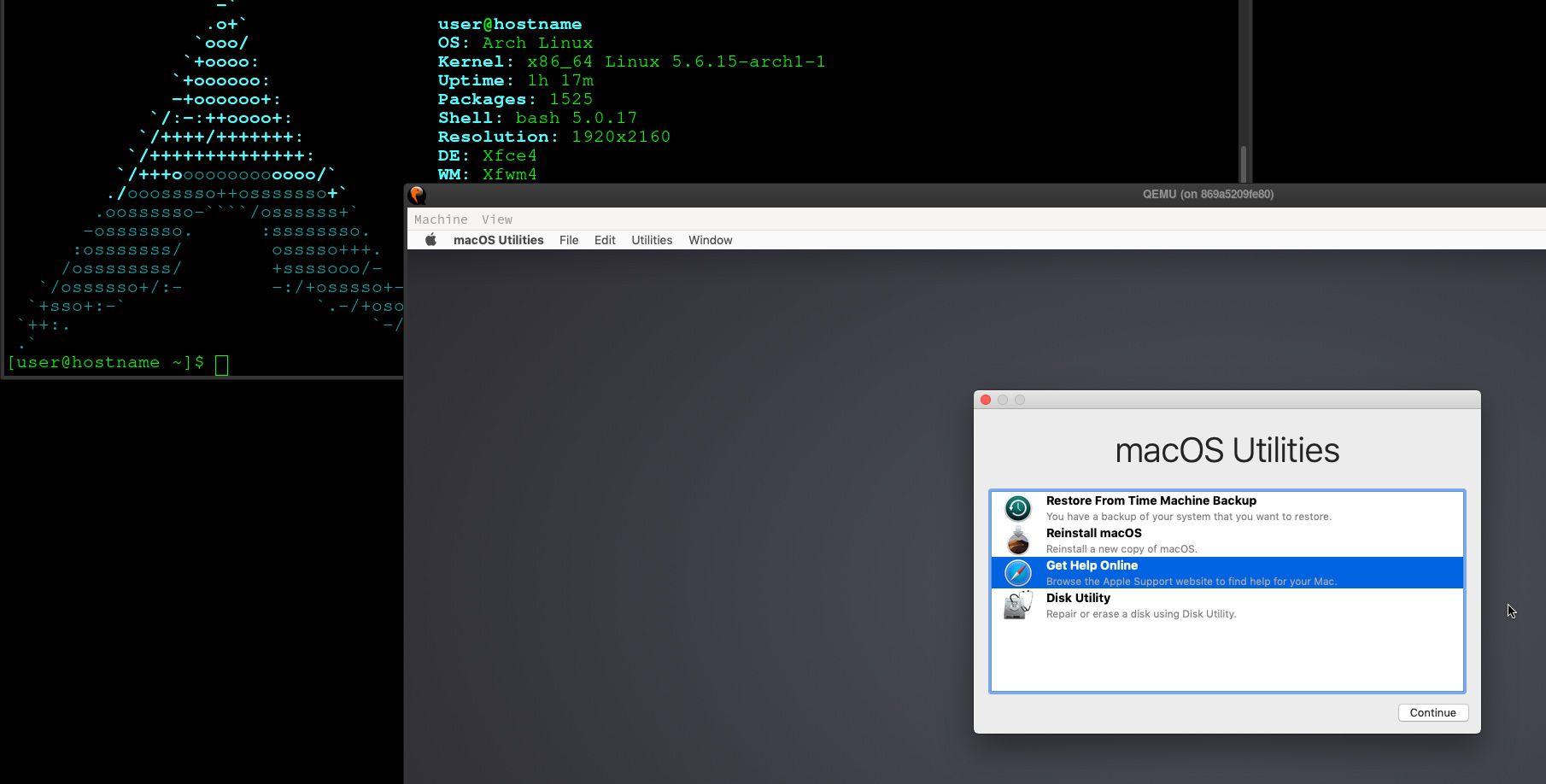

#Mac os docker compose cpu memory code#
Instead of running the script separately, you can also use the following codefresh.yml file with the python code embedded. The python code has options to use the same file/stats and sizes as our original source code. Os.system('''ps auxww | grep -E "python rite_lots|ID " ''') checkBloat.jsĬonst filename = sameFile ? ' file' : `file$ ') Just to confirm that our application code is not at fault here we reproduce the error with a simple script running in Node.js, image node:12.13.0 : 'use strict' The container then slowed down and finally crashed. However, we observed that after a while, we received a memory indication warning. The resulting file consists of about 20 million lines, so we expected the process to take some time.

This section provides an overview of our script and details how you can recreate the memory bloat using Codefresh and the YAML file provided. Observing a memory issue with our ETL script More information can be found in the official Docker documentation for runtime options.

Ensure that your application runs only on hosts with adequate resources.Perform tests to understand the memory requirements of your application before placing it into production.The official Docker documentation provides more details on the steps that you can take to restrict the container’s memory usage here are the main points:

Note that this will only work if your Docker has cgroup memory and swap accounting enabled. To prevent this from happening, you have to define the memory-swap in addition to the memory by setting it equal to the memory: docker run -memory 50m -memory-swap 50m -rm -it progrium/stress -vm 1 -vm-bytes 62914560 -timeout 1s To try it out, run: docker run -memory 50m -rm -it progrium/stress -vm 1 -vm-bytes 62914560 -timeout 1s You would expect the OOME to kill the process. The following example allocates 60mb of memory inside of a container with 50mb. However, if the wrong process is killed, the entire system might crash.Ĭontrary to popular belief, even if you set a memory limit to your container, it does not automatically mean that the container will only consume the allocated memory. Usually, those processes are ordered by priority, which is determined by the OOM (Out of Memory) killer.
#Mac os docker compose cpu memory free#
In the case of Linux, once the Kernel detects that it will run out of memory, it will throw an ’Out Of Memory Exception’ and will kill processes to free up memory. Generally, you want to prevent the container from consuming too much of the host machine’s memory. There are specific scenarios when you will want to set these limitations. One way to control the memory used by Docker is by setting the runtime configuration flags of the ’docker run command’. This means that in theory, it is possible for a Docker container to consume the entire host’s memory. The Host’s Kernel Scheduler determines the capacity provided to the Docker memory. How Docker Handles Memory Allocationīefore we dive into our specific scenario, we want to give an overview of how memory allocation and usage works in Docker.ĭocker does not apply memory limitations to containers by default. If you want to know more about the way Docker abstraction behaves and you always had unexplained questions about large memory usage, then this post is for you.


 0 kommentar(er)
0 kommentar(er)
